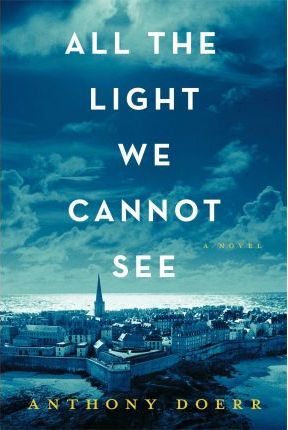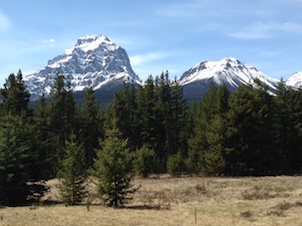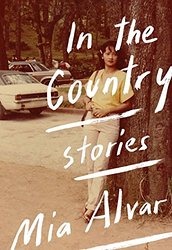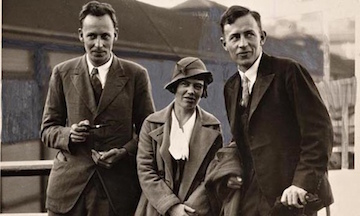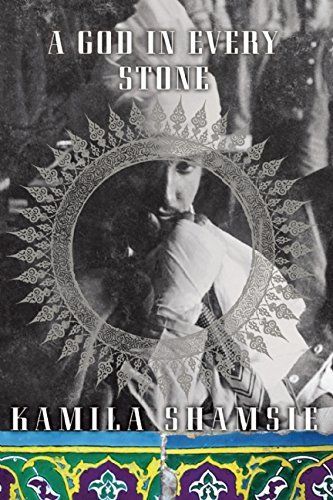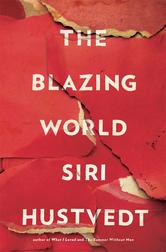
Last weekend, the Hub and I drove to Glacier National Park in Montana, staying for a few days to celebrate our anniversary. It’s a beautiful place where we love to bicycle and hike. The Going-to-the-Sun Road, which winds through Glacier Park for about 52 miles, is an awesome journey that makes its way over the Continental Divide at Logan Pass at 6,646 feet.

Near the top, the road narrows and tightly clings to the mountainside while taking you around some high tight turns. It’s a ride in places that’s not exactly for the faint of heart (like me). If you’ve ever seen the movie “The Shining,” the opening scenes and aerial shots are of this epic road, which sets the movie’s beginning perfectly, both for being isolated and a little ominous.

Luckily our trip didn’t include any spooky moments like those in “The Shining.” I did not run into Danny talking about “redrum” or see any twins in the corridors of our lodge. Thank goodness. Instead check out the photo at left of Lake McDonald, which is serene and beautiful and along which we lodged and spent most of our time. Just don’t fall in. I’m sure it’d be rather chilly.

While there, I read Celeste Ng’s 2014 highly acclaimed debut novel “Everything I Never Told You,” which I picked for my book club to read and discuss after the novel was selected on many best-of lists last year. Perhaps I’m one of the last bloggers to read this quite sad but notable book? Luckily it generated a good discussion last night at book club. I think it’s because it delves into various issues that are still relevant today and consists of some characters and drama that can be argued over for quite a good long gathering.
It’s not giving anything away to say “Everything I Never Told You” is about a teenage girl (Lydia) who goes missing and is found drown in the local lake. That’s at the beginning of the book. The rest of it goes back in time, gradually laying out how she got there and why she died.
Set in a small Ohio town in the 1970s, the story explores Lydia’s close ties within her Chinese-American family who all feel like outsiders in their Midwest community. It delves into her parents’ backgrounds (her mother’s unachieved dreams of becoming a doctor, her dad’s humble and unpopular youth as a son of immigrant workers) and the views of her older brother and younger sister who are often ignored. In her parents’ eyes, Lydia is the favorite child who gets all the attention and is expected to achieve the unfulfilled dreams that they did not.
It’s an intense little book (292 pages) of an unraveling family and is a quick read. The author seems a natural, getting into the heads and backgrounds of all, while the pages flip by easily. It’s a sad and tragic story. Everyone in the family fails to communicate truthfully with one another, keeping secrets that ultimately have such regrettable consequences. I liked the many issues that this book touches upon which felt real to me, namely: the pressures kids and parents put each other through; women’s roles in society and unfulfilled dreams; being an outsider and feelings of inadequacy for those of mixed-race ethnicities — and on the flip side of that — the whole stifling, homogenized world of 1970s small-town America is effectively displayed in the book.
It’s agonizing at times how aggravating the characters can be and how suffocating the setting is. If only they would do this and this and this! — you think. But no, they don’t. Still you feel compelled by where their lives have taken them. You sympathize. It’s impossible not to. Despite whatever your minor quibbles, you must hear this novel out. For a slim debut, I felt it packed a lot of issues in. I’ll definitely be looking for whatever novel author Celeste Ng puts out next.
What about you have you read “Everything I Never Told You,” and if so what did you think?



